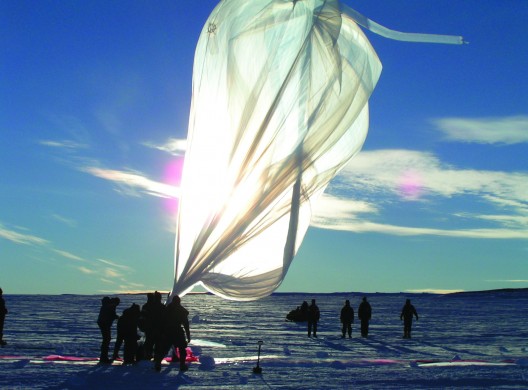
The state of the planet has been in the news with the release of the 2013 United Nations Intergovernmental Panel on Climate Change assessment report. Not surprisingly, a key finding is that our planet’s frozen landscapes and seascapes face an uncertain future. This is an issue of global concern because the glaciers and sea ice at high latitudes are not only crucial sources of fresh water, habitats for unique species, and home to many diverse cultures, but also play a key role in the climate system. That is why the College of the Environment, together with partners across the University of Washington*, are committing new resources to increasing the scientific and public understanding of the future of polar regions.
The Future of Ice Initiative strategically integrates and advances polar regions scholarship across the College and the University. With unparalleled research and teaching programs, the UW has built a leadership position in polar science over the past 40 years. The Future of Ice Initiative will sustain disciplinary excellence and expand multidisciplinary research and education on the science, policy, and culture of the polar and circumpolar regions. As a university-wide partnership this initiative is already bringing the UW campus together, including development of a new minor in Arctic Studies as well as a Fulbright Visiting Chair in Arctic Studies. Here in the College, I have provided funding for two new faculty and postdoctoral fellows to fuel the expanding role of UW as a leader in polar studies. I am excited to share more information as we move forward.
Additionally, starting in January we are hosting a six-part lecture series that examines the polar regions from a variety of perspectives. Speakers from around the world will discuss glacial retreat, wildlife at the poles, and the changing Arctic environment’s impact on Inuit culture. Look for more details about this broad-ranging discussion in the very near future.
One of the striking things about ice is that it is so visually striking. This makes public engagement about change in icy landscapes a perfect opportunity for partnerships between scientists and artists. Many of our faculty members involved in polar research exemplify this partnership. Atmospheric Sciences’ Cecilia Bitz has partnered with many artists to convey the impacts of melting sea ice. Eric Steig is a professor in Earth and Space Sciences and director of the IsoLab, which uses ice cores to understand earlier climates. He is working with artist Anna McKee on an installation representing the Mt. Waddington Ice Core field camp in British Columbia. Kristin Laidre, a marine biologist in the School of Aquatic and Fishery Sciences who studies the ecological effects of climate change in polar regions, has partnered with a local artist for the Imaging the Arctic project. I am inspired by these and other scientists in our college, both for their rigorous science as well as their integrative perspectives on the power, beauty, and impact of polar ecosystems.
Last week, I joined Eric and Cecilia at a high level summit focused on the future of the Arctic. I am proud of the decades-long science of the College of the Environment and affiliated scientists to understand the future of frozen environments, and I am excited to see these research, education, and outreach programs continue to grow.
Lisa Graumlich
Dean, College of the Environment
Virginia and Prentice Bloedel Professor
*The Future of Ice Initiative is a partnership among the College of the Environment, College of Arts and Sciences,Applied Physics Laboratory, Quaternary Research Center, Program on Climate Change, Polar Science Center, and the Canadian Studies Center at the Jackson School of International Studies.

